
Spain has long been one of the most popular destinations among Brits, with tourists visiting every year looking for Iberian sun or seeking out Spanish cuisine and culture.
Whether it’s the resorts in the Costa Del Sol or the beaches in the Canary Islands, the party towns of Ibiza and Mallorca or the cities of Barcelona and Seville, the majority of travellers head to the same select few destinations. Something locals in these places are naturally pretty tired of.
Having lived in Barcelona myself since 2019, I know this is nothing new (”go home tourists” graffiti long preceded the Covid pandemic) but it’s stepped up recently with protests in the Canary and Balearic Islands, and visitors to the Catalan capital sprayed with water last summer.
Luckily, there is plenty more of the country to explore beyond these hotspots and by doing so you will avoid the commotion, crowds and prices that come with them. I have been lucky to explore much of the country both on assignment and on holiday and here are some places you might be missing…
The best lesser-known holiday hotspots in Spain
1. History, beaches and cheap tapas in Cádiz
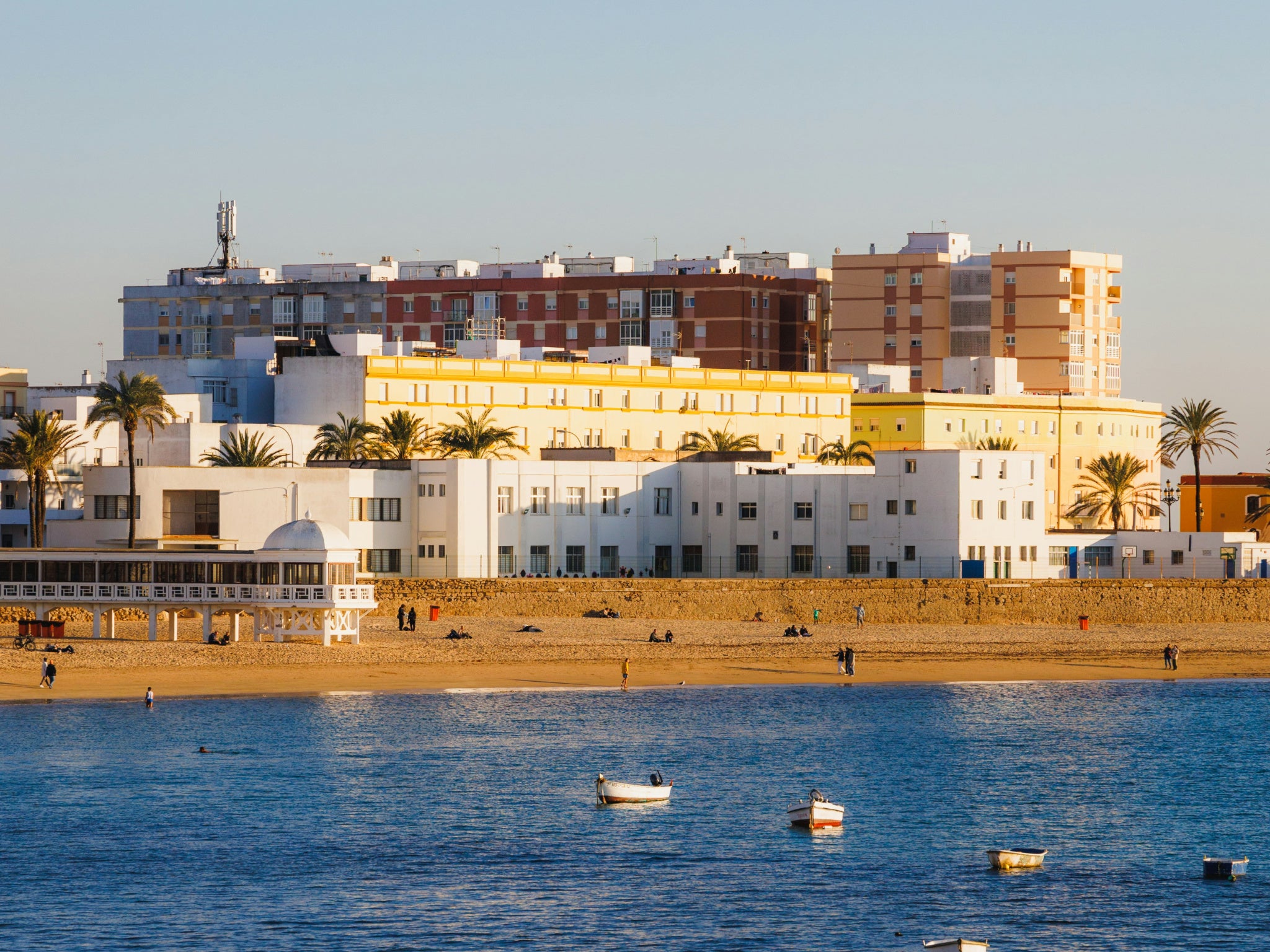
Best time to visit: Spring and early autumn or visit during carnival, from late February to early March
If you’re looking for a city break that rivals the beachside vibe of Barcelona and the historic charm of Seville, then Cádiz might just fit the bill. In the southwest corner of Andalusia and easily reached via flights to the nearby airport at Jerez de la Frontera, this port city is charming from the get-go. The old town, a maze of narrow streets and sun-drenched squares, claims to be the oldest city in Western Europe, founded 3,000 years ago by the Phoenicians. The seafront, with its colourful line up of houses, is known as “Little Havana” – so much so it stars in scenes of the Cuban capital in the Bond film Die Another Day. Understand the layers of history with sites such as the epic cathedral and Roman ruins, and climb the Baroque watchtower, Torre Tavira for impressive views before feasting on the bargain tapas (fried fish is the speciality here) and relaxing at the beach.
Where to stay
Hotel Casa de Las Cuatro Torres is an 18th-century Baroque building on a quiet square in the heart of the old town restored with lots of original details intact.
Read more: Why you should swap the fast-paced French Alps for a slowed-down ski holiday in Catalonia
2. Flamingo spotting and seafood feasting in Delta de l’Ebre Nature Reserve
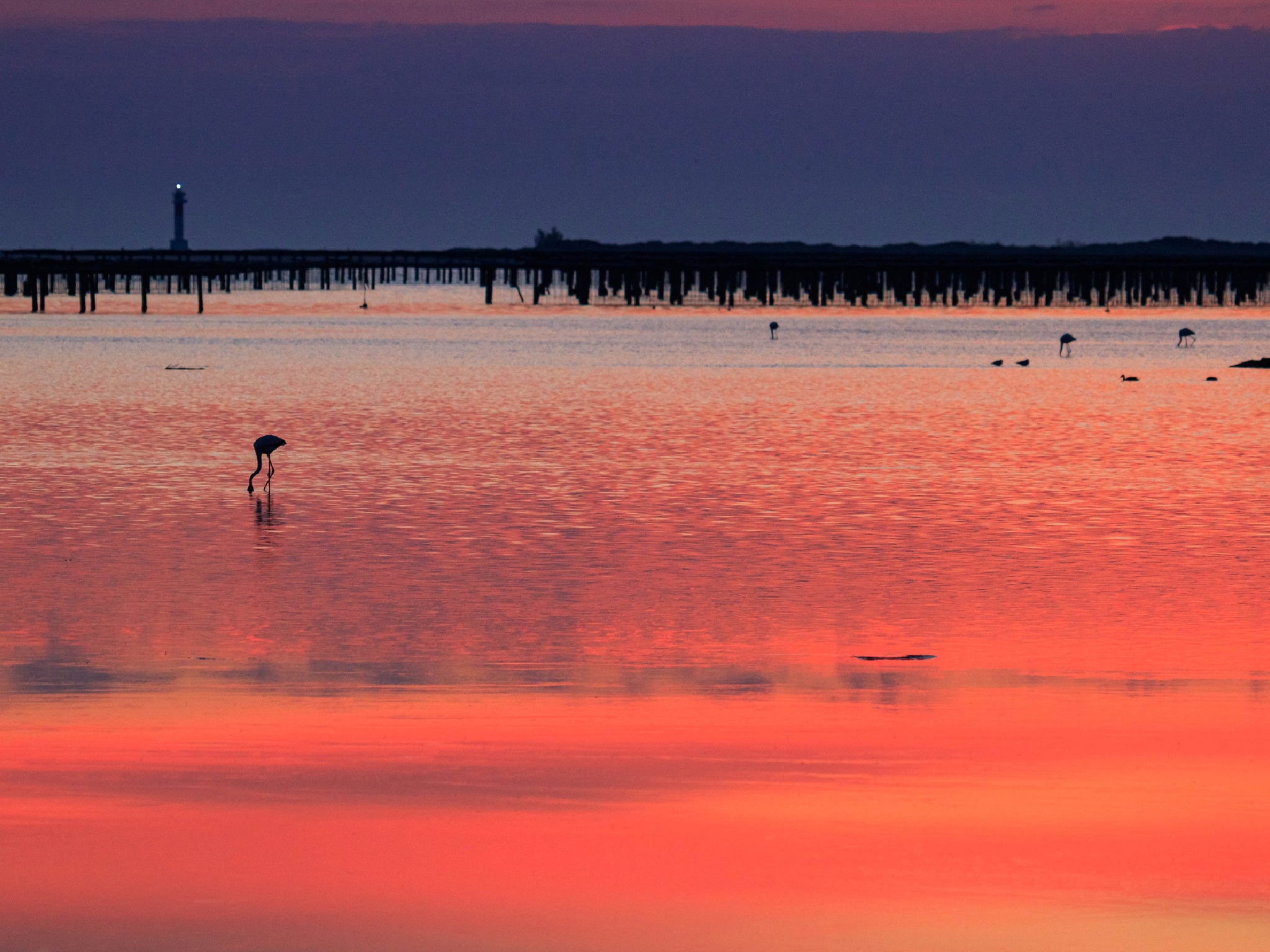
Best time to visit: Spring, from March until May, for the best birdwatching opportunities
Midway between Valencia and Barcelona at the very bottom tip of Catalonia, this delta spans 320 sq km, 80 of which make up the Ebro Delta nature reserve. As this expanse of flat land meets the sea it creates a unique landscape of lakes, rice fields and long stretches of beach with an equally impressive set of wildlife. Many come here for birdwatching but even those with no past experience of twitching will be impressed by the flocks of flamingos, one of the largest fixed colonies in Europe. Beyond this, it’s a great area for hiking and cycling holidays (the flat terrain is a bonus) while kayaking and kite surfing are also popular. Famed for its mussels and oysters, a great way to spend an afternoon is to book a boat trip to a farm where you can taste fresh seafood straight out of the sea.
Where to stay
There are limited hotel options in the park itself (Airbnb has a big selection of houses for groups) but Delta Hotel is in a good location and offers simple and affordable rooms.
Read more: This city is like no other in Spain – here’s why you should visit during Ramadan
3. A pristine island escape in Galicia
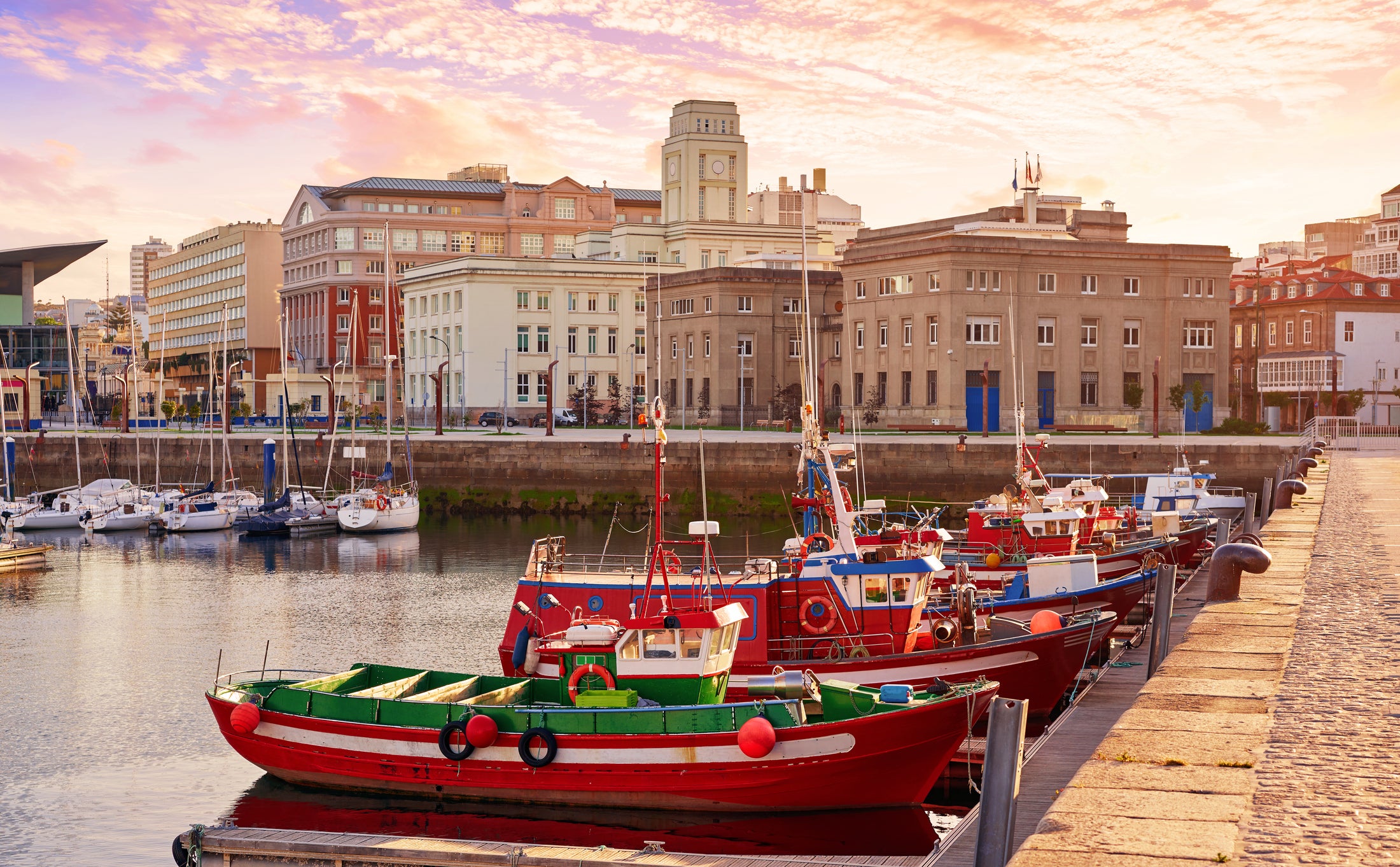
Best time to visit: Travel in the winter months to avoid large crowds – but the high season will offer the best weather
If it’s white sands and turquoise waters you’re after, you might think it’s a Mediterranean island or nothing. The Atlantic Cies Islands, an archipelago 40 minutes by ferry from the Galician capital of Vigo, will prove you wrong. Named “islands of the gods” by the Romans (and for good reason), this string of three islands – Monteagudo, do Faro and San Martino – have some seriously stunning beaches. Part of the Atlantic Islands of Galicia National Park, this paradise is protected with a limited number of daily visits, no cars and just one campsite where you can stay overnight. Visiting takes a bit of planning (you have to request a permit from the Xunta de Galicia website) but it’s more than worth it whether you want to hike, beach or spot the unique birds and plants that live here.
Where to stay
You can book to stay for 2-15 nights at the campsite on the island of do Faro. Or if not, book a hotel like Hotel Puerta Gamboa in Vigo and visit for the day.
Read more: Best family hotels in Tenerife for waterparks, swimming pools, kids’ clubs and beaches
4. Wine tasting in Penedes
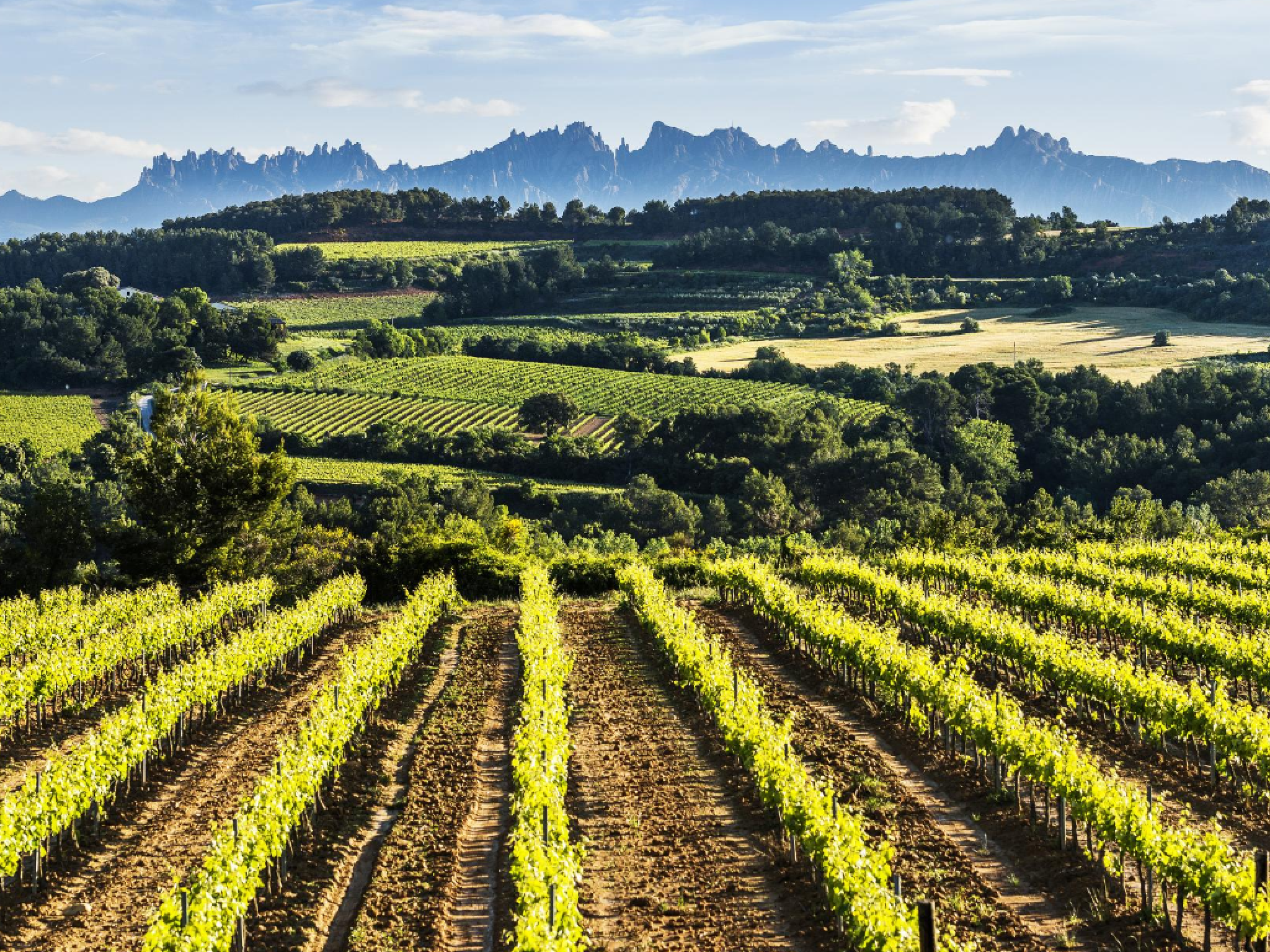
Best time to visit: The summer for the harvest season, or autumn when vineyards come to life with colour
Conveniently located 40km south of Barcelona (and even closer to the seaside town of Sitges), the wine region of Penedes is the ideal spot for a weekend break. Boasting over 300 wineries, there are endless options for trying local wines especially the region’s famed cava. You can easily build a DIY itinerary via the Penedès Wine Route, a handy database of the best wineries and what they offer, and spend your days tasting different wines with some lovely lazy lunches thrown in (most wineries serve food). If you want a holiday that’s active (with a side of wine), it’s worth checking out the Penedes 360 cycling routes, three circular cycling paths (gravel, road, and mountain) that take in wineries along the way.
Where to stay
Mas Palou, a collection of Catalan houses sleeping 2-10 people on an organic and family-run vineyard dating back to 1623.
Read more: Valencia is back open for business - why you should head to the Spanish city this spring
5. Beach hopping in Asturias
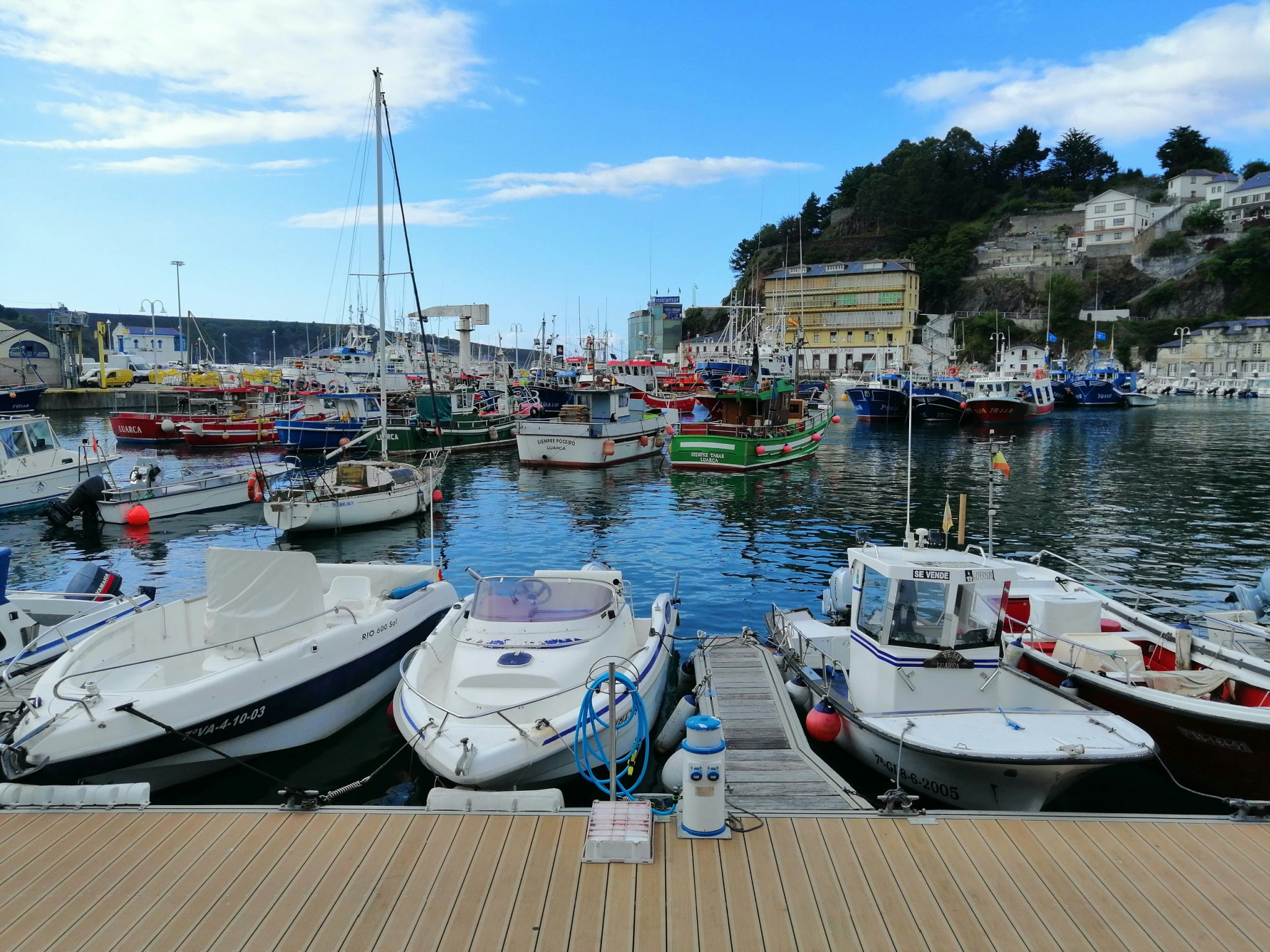
Best time to visit: Spring or autumn to avoid crowds
Aside from popular spots like San Sebastian and the famed walking route of Camino de Santiago, Northern Spain has been largely overlooked by British tourists. However, as summer temperatures rise, the appeal of its cooler coast is growing. Wedged between Galicia and the Basque Country, Asturias’ Cantabrian coast has also recently become more accessible thanks to a new high-speed train linking Madrid and its capital Oviedo in three hours. While you can’t guarantee non-stop sunshine, you can bet on some of the lushest green landscapes in the Iberian peninsula. The rugged coastline with its towering cliffs, fishing villages and sweeping beaches with Atlantic waves feels more like Cornwall. With a car, you can easily hop between beaches and seaside towns – Cudillero and Luarca are both picture-perfect towns with lovely beaches nearby (notably Playa Silencio and Playa de Cadavedo).
Where to stay
Casona de la Paca, a charming small hotel with lovely gardens, at the top of the hill in Cudillero.
Read more: Why the Canary Islands should be your next holiday destination for winter sun
Weather in Spain
The Mediterranean coast of Spain, where Penedes and the Delta de l’Ebre Nature Reserve sit, sees temperatures between 17C and 20C in the spring before things start to get much hotter in the summer months, peaking at 30C. By the autumn and winter, the temperatures stay mild with average highs of 23C in October.
In northern Spain, where the Galicia and Asturias regions are found, temperatures in spring stay rather cool in the early to mid-teens, while summer can reach up to 19C. The highest temperatures in late autumn into winter usually sit below 10C.
Cádiz in the south can reach up to 20C in April in the spring but starts getting hotter from June onwards reaching 28C at its peak in July and August. For a touch of winter sun, this destination is also a great place to visit, as temperatures can still stay around 17C in December.
How to apply for a holiday for just €1 at this beach town in Sicily
Best Canary Islands to visit for a 2025 holiday
Europe’s best walking trails to hike in 2025
Swap the French Alps for a slowed-down ski holiday in Catalonia
This city is like no other in Spain – and Ramadan is the perfect time to visit







